Photos Showing Some Of The Most Famous Generals In The Civil War
The Civil War was a brutal, bloody conflict that threatened to tear the United States apart, just a few decades after the nation was born. The conflict left scars across the country that can still be felt today.
The story of the Civil War is multifaceted, with many contributing factors, but the battles, movements, victories and losses found in today’s history books were shaped by the generals who commanded the Union and Confederate armies. Let’s delve into some of the most prominent generals from each side.
Thomas “Stonewall” Jackson (Confederacy)
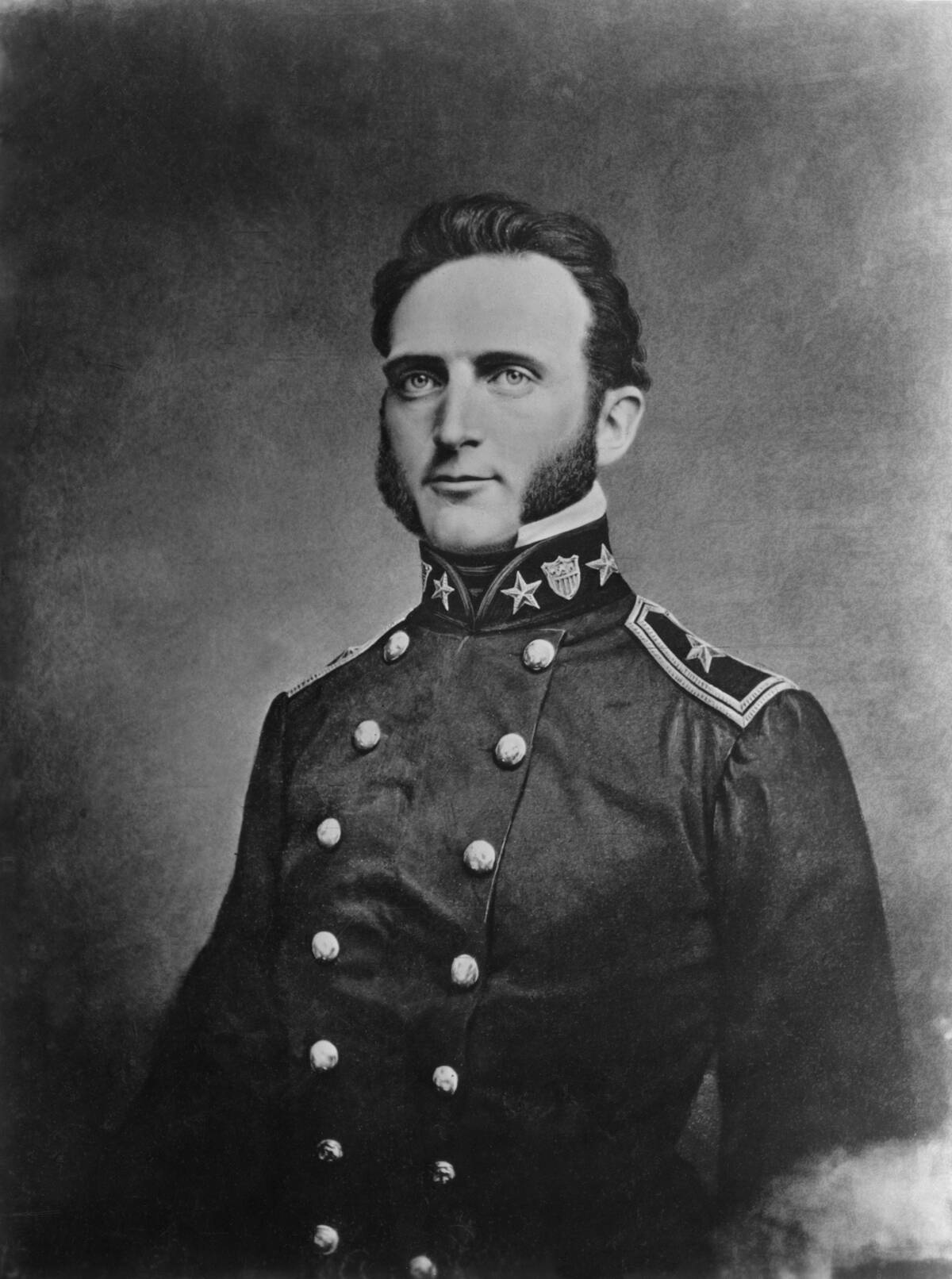
The man who became known as “Stonewall” was born on the frontier of what is now West Virginia, and cut his teeth at West Point as well as the Mexican-American War.
He earned his nickname for his steadfast defense at the First Battle of Bull Run, and contributed to victories at Second Bull Run, Antietam, and Chancellorsville. He died mid-war, in 1863, of complications from pneumonia after being accidentally shot by one of his own men who mistook him for an enemy combatant.
William Tecumseh Sherman (Union)

Sherman fought in the Mexican-American War, then left the military to pursue a civilian career, then returned to fight at the outbreak of the Civil War.
Sherman served under Grant at Shiloh and Vicksburg, then went on to lead the Atlanta Campaign. His famous “March to the Sea” employed scorched-earth tactics to decimate Confederate forces, marking a major turning point in the war. It’s fair to say that the Confederacy was doomed from this point forward.
James Longstreet (Confederacy)
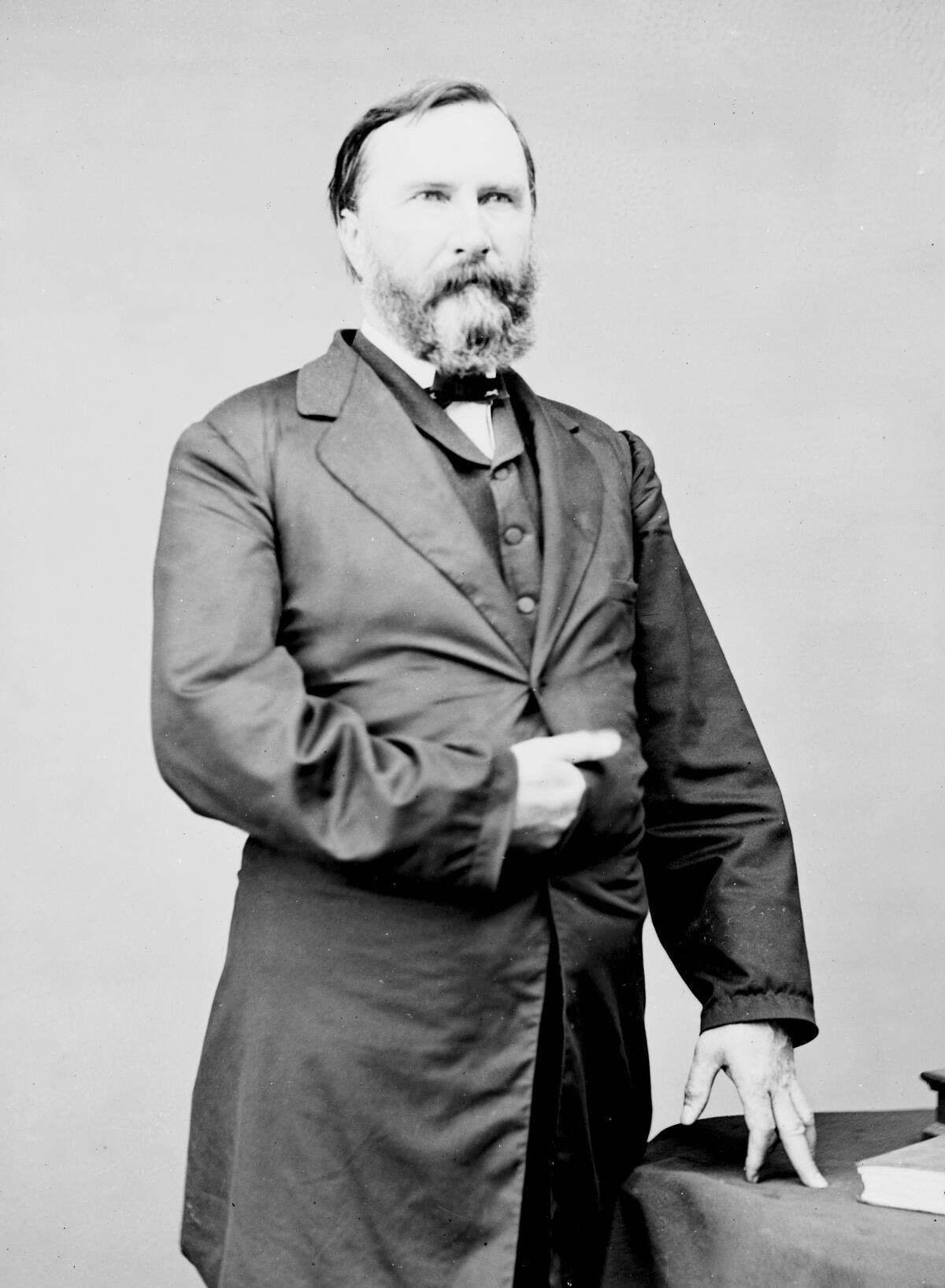
Like Robert E. Lee, Longstreet served in the Mexican-American War after graduating from West Point. Longstreet became one of Lee’s most trusted commanders during the Civil War.
A noted disagreement between the two men occurred at Gettysburg, when Longstreet disagreed with Lee’s orders to launch Pickett’s Charge, a position that still sparks historical debates. After the war, Longstreet supported Reconstruction, which made him an unpopular figure in the South.
George B. McClellan (Union)
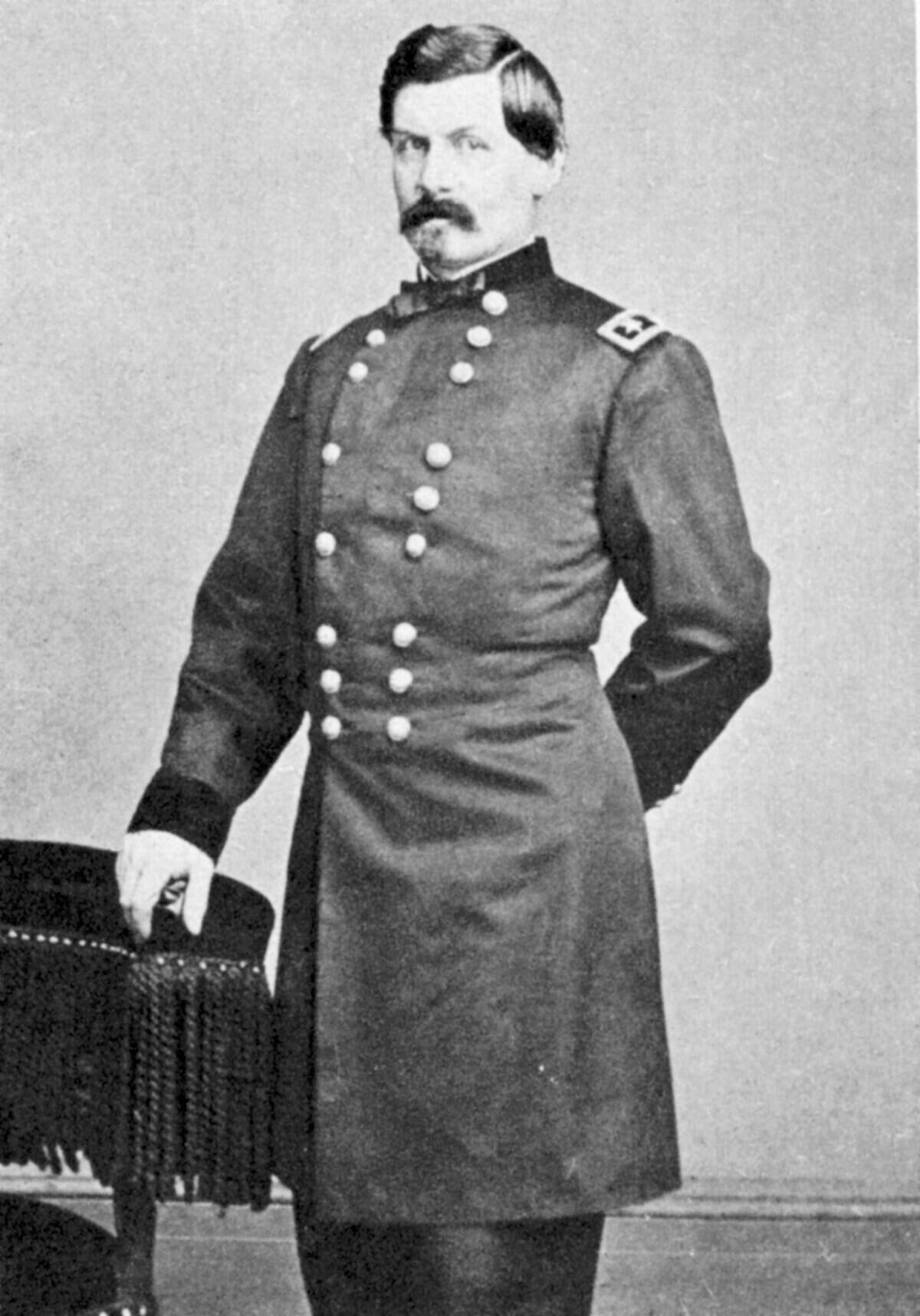
McClellan was known as a brilliant organizer whose cautious nature would sometimes work to his detriment. This was on display during the Peninsula Campaign of 1862, in which he failed to seize Richmond.
After winning at the Battle of Antietam but failing to pursue Lee’s army, McClellan was removed from command by President Lincoln. He later ran against Lincoln in the 1864 presidential election.
J.E.B. Stuart (Confederacy)
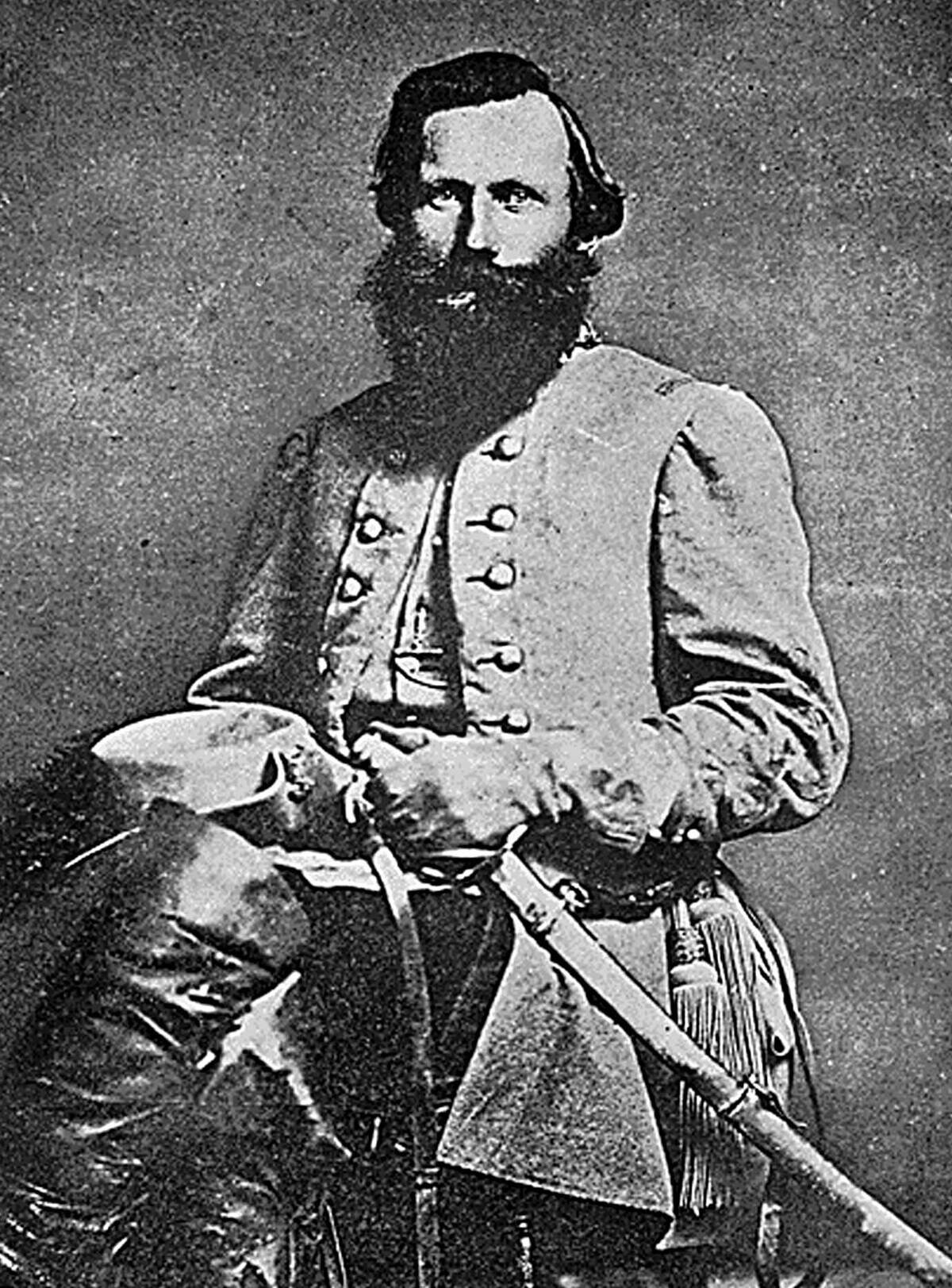
James Ewell Brown Stuart established a reputation as a bold, daring cavalry commander, known for his extensive reconnaissance missions and cavalry raids.
While Stuart was lauded for his efforts at Second Bull Run and Chancellorsville, he was absent during critical phases of the Gettysburg campaign. This attracted criticism, as it left General Lee without vital intelligence and reinforced Stuart’s reputation as being somewhat unreliable.
Philip H. Sheridan (Union)

Sheridan was a short man who earned respect for his aggressive, decisive style of leadership. After serving under Grant, he was transferred east and earned a critical victory against Confederate forces in the Shenandoah Valley.
Sheridan was also instrumental at the Battle of Five Forks, in which he blocked Lee’s retreat. Following the war, he oversaw Reconstruction efforts in the South.
Braxton Bragg (Confederacy)
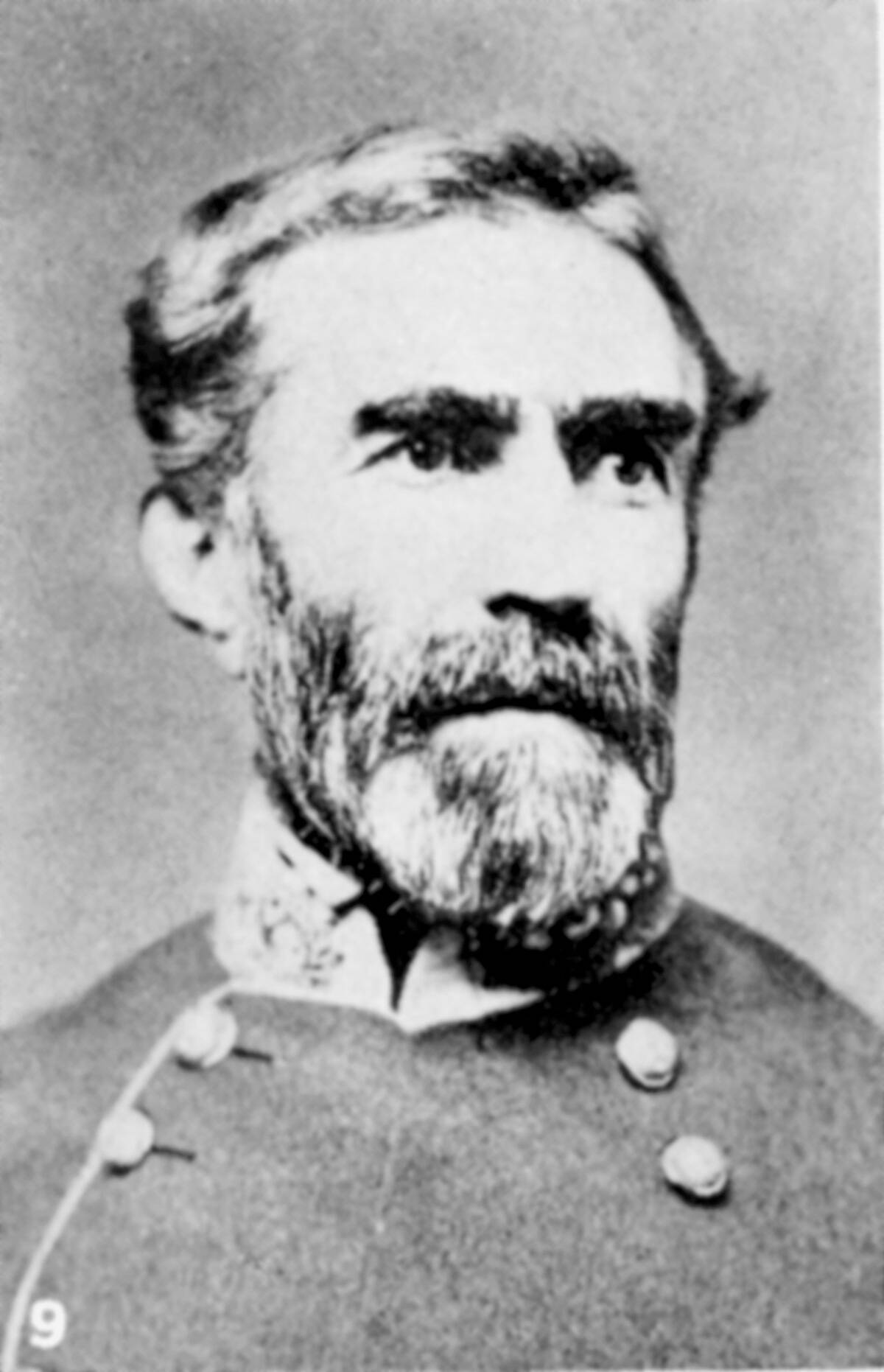
Braxton Bragg commanded Confederate forces in the Western Theater of the Civil War, leading the Army of Tennessee. His crowning achievement was a significant, though costly, victory at Chickamauga, but he was unable to continue this momentum and went on to lose at Chattanooga.
Bragg’s military career was marked by various conflicts and strategic mistakes. He was eventually relieved of his command to serve as a military advisor.
George G. Meade (Union)
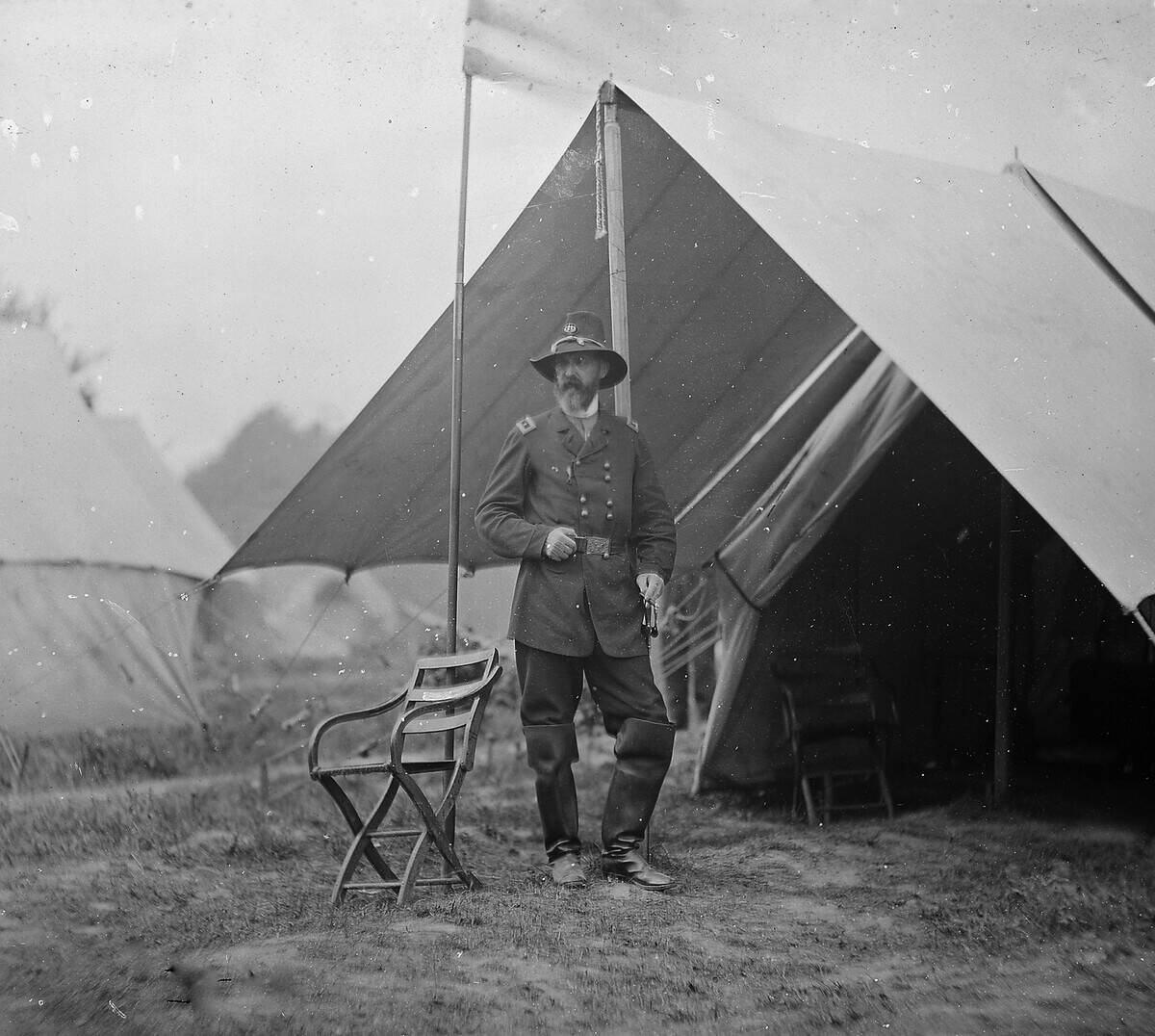
Meade graduated from West Point and worked as an engineer before enlisting with the Union at the outbreak of the Civil War. After fighting in battles at Antietam and Fredericksburg, he was unexpectedly promoted to command the Army of the Potomac.
Meade rose to the occasion, as he successfully repelled Robert E. Lee’s invasion of the North, though he attracted criticism for failing to aggressively pursue Lee’s retreating troops.
P.G.T. Beauregard (Confederacy)
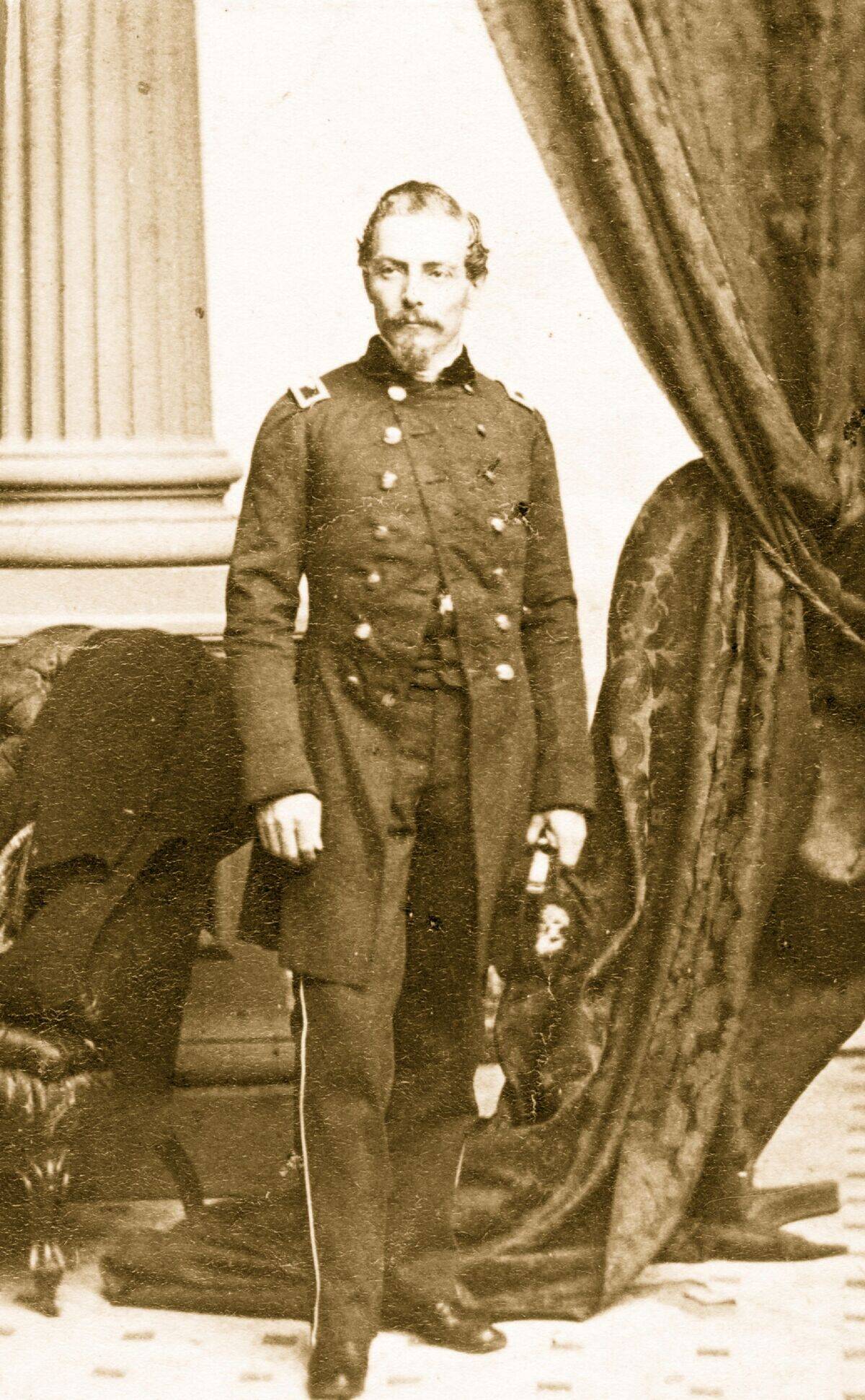
Louisiana native Pierre Gustave Toutant-Beauregard commanded Confederate forces at Fort Sumter in April 1861, where the first shots of the Civil War were fired, and also led troops to victory at the First Battle of Bull Run.
Beauregard had a good reputation as a commander, but he frequently butted heads with Confederate President Jefferson Davis, which in turn limited his influence.
Ambrose E. Burnside (Union)
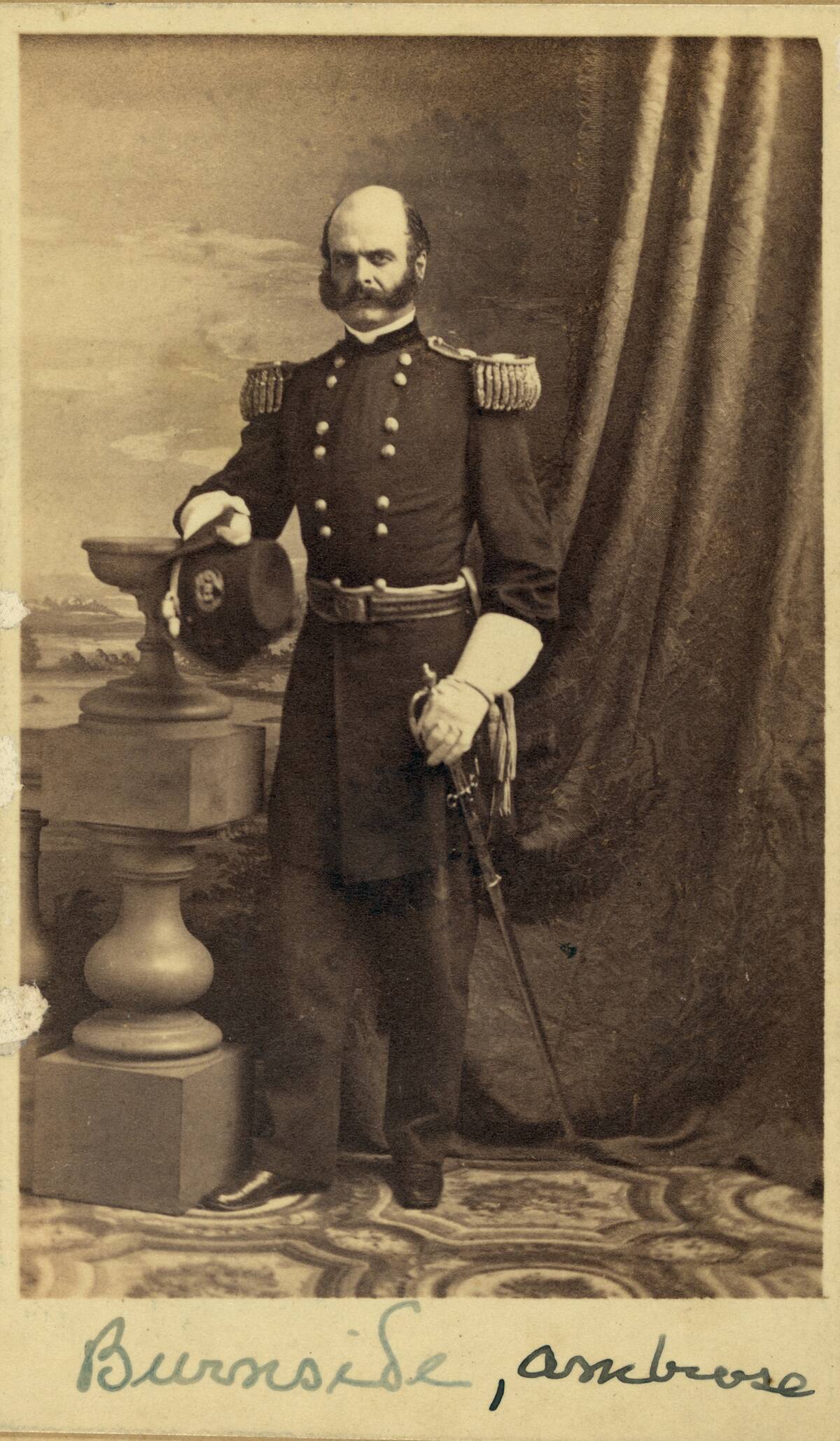
Burnside’s unique facial hair gave rise to the term “sideburns,” but he wouldn’t have been famous in the first place if not for his military exploits.
While Burnside had success early in the war, his disastrous command of the Army of the Potomac at the Battle of Fredericksburg resulted in massive Union casualties. His reputation was tarnished further by a poorly executed attack at the Battle of the Crater at Petersburg.
Joseph E. Johnston (Confederacy)
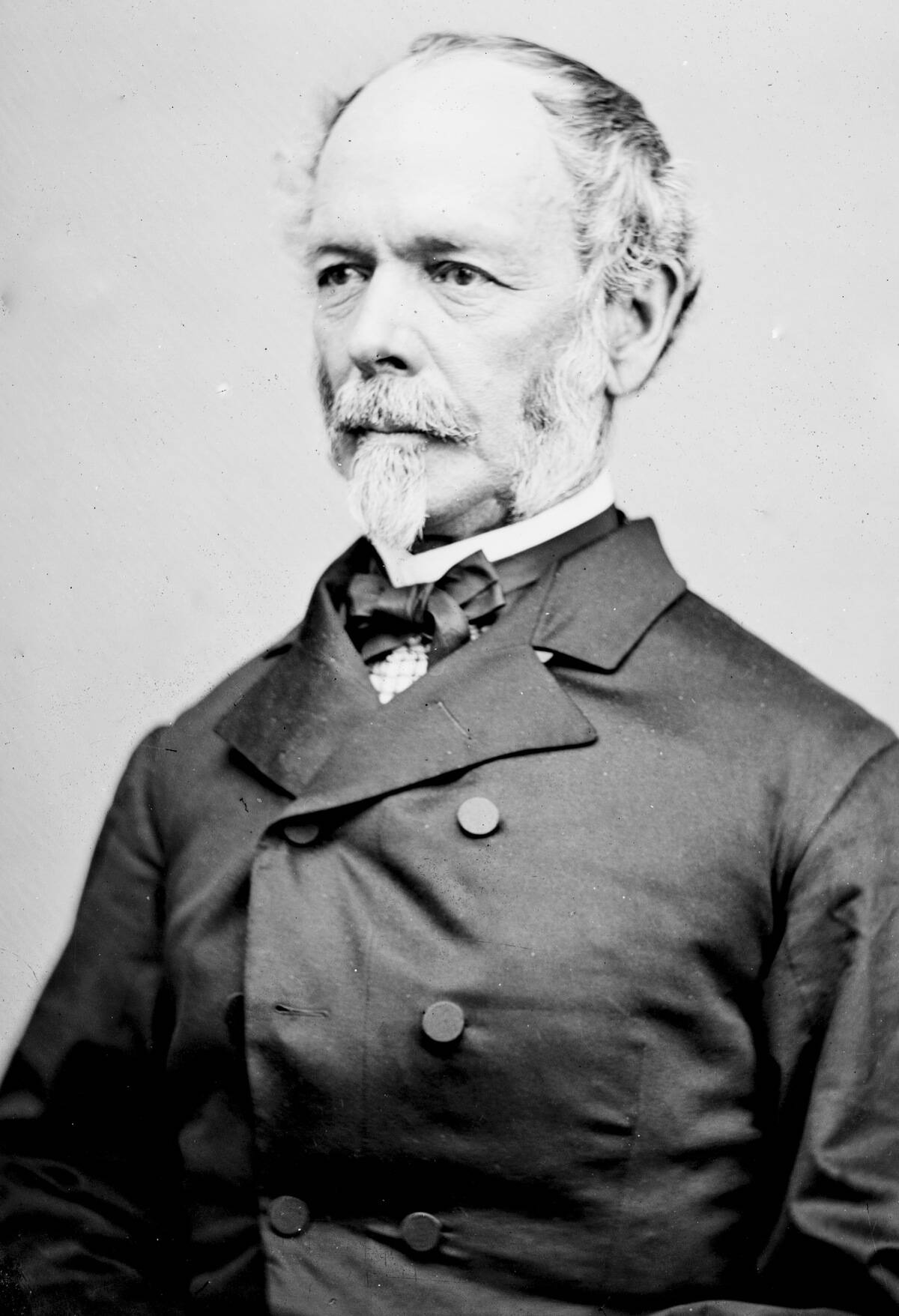
Johnston, a West Point classmate of Robert E. Lee, served in multiple theaters during the Civil War, and was known for his cautious approach and defensive mindset.
While Johnston was unable to slow Sherman’s march north, historians view his cautious approach as necessary due to his lack of resources. After the war, Johnston served in Congress.
Joseph Hooker (Union)
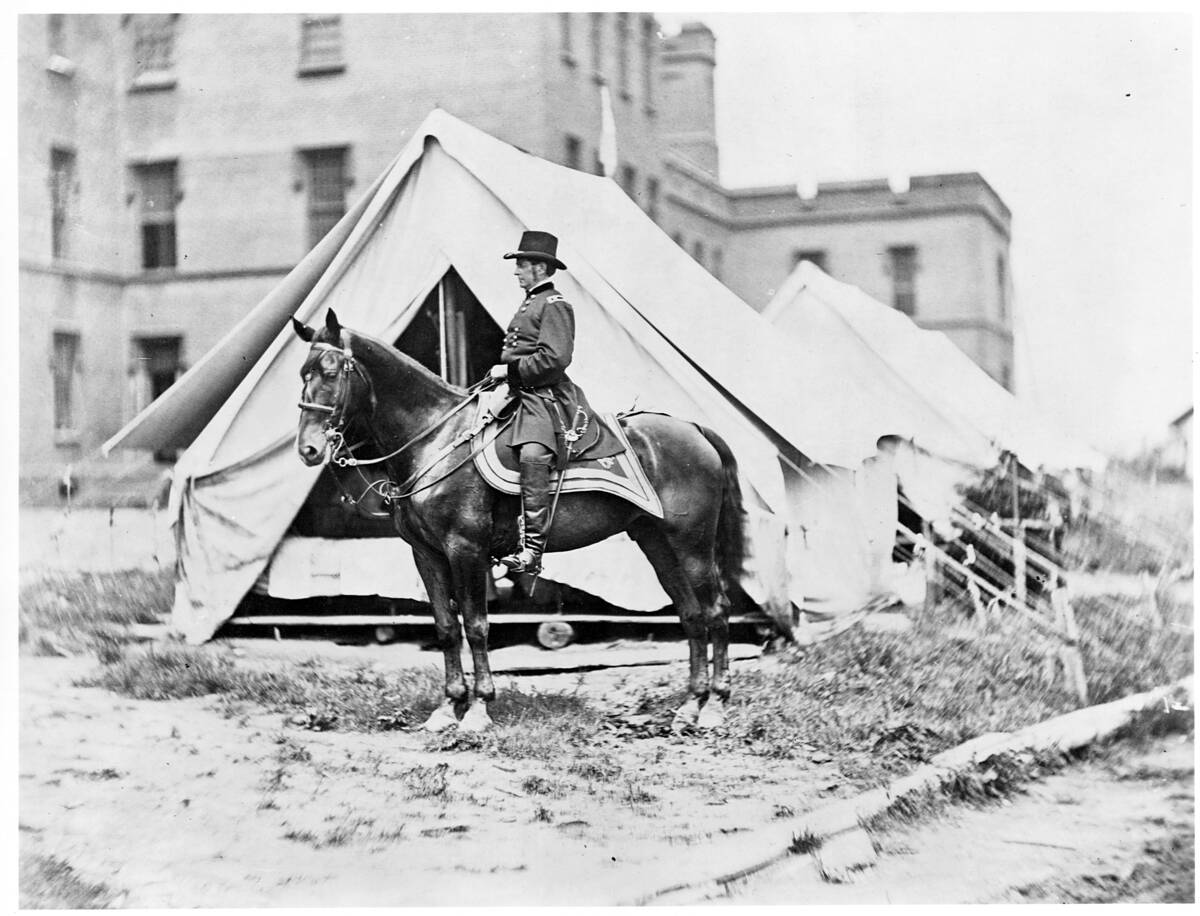
“Fighting Joe” Hooker was a career army officer who was effortlessly confident and charismatic. After serving in the Mexican-American War, Hooker was eventually appointed commander of the Army of the Potomac in 1863.
Hooker’s leadership implemented needed reforms, but his command fell apart during the Battle of Chancellorsville, where he lost to Robert E. Lee’s Confederate troops.
Nathan Bedford Forrest (Confederacy)
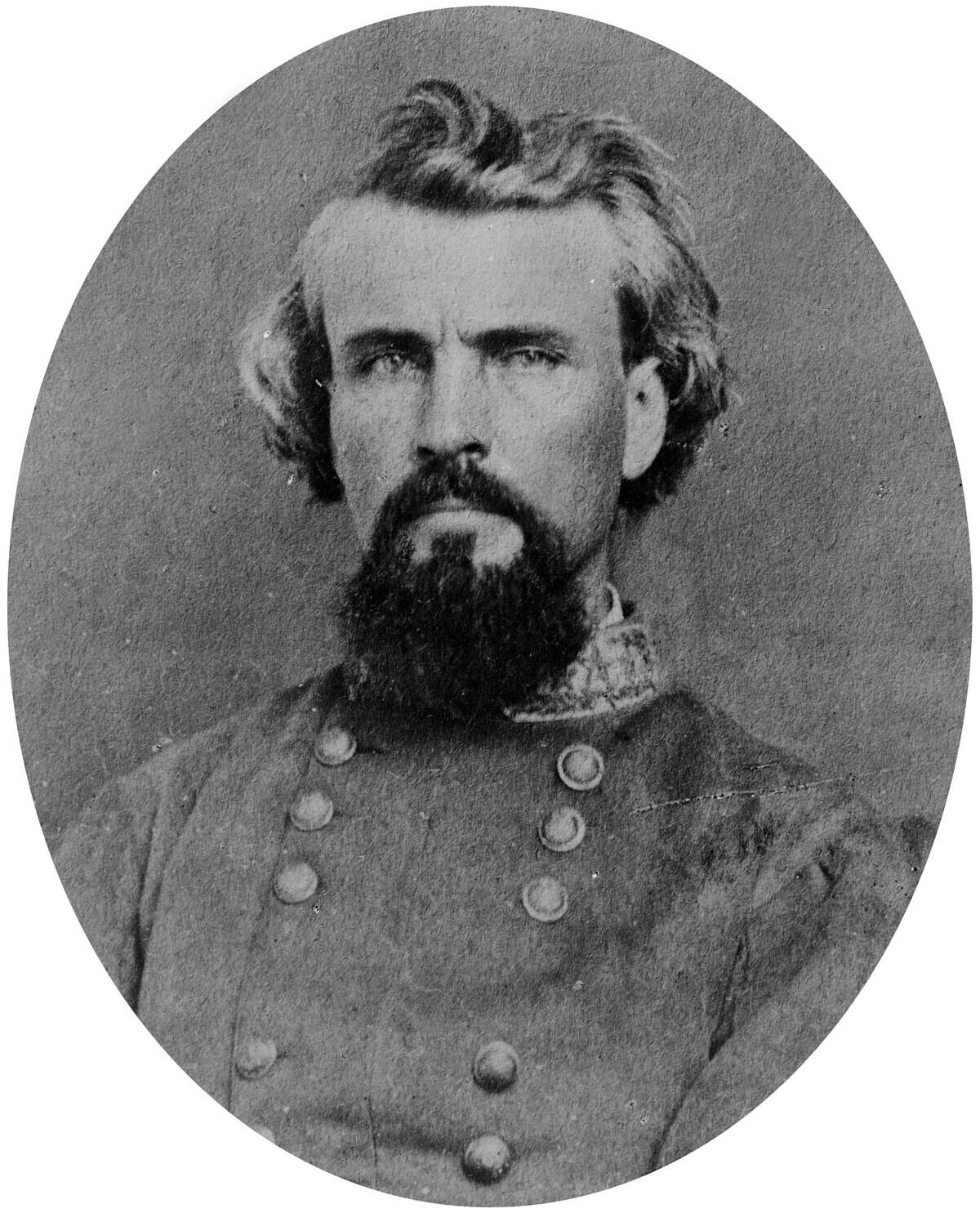
Nathan Bedford Forrest was a truly self-made man who rose from poverty and became a millionaire before the Civil War. After enlisting as a private, he rapidly rose the ranks due to his battlefield instincts.
Forrest’s specialty as a general was quick action, unorthodox tactics, and attacks on enemy supply lines. He later became the first Grand Wizard of the Ku Klux Klan, a position he’s arguably more notable for than his wartime exploits.
Winfield Scott Hancock (Union)

Hancock earned the nickname “Hancock the Superb” early in the Civil War for his leadership and bravery at Antietam, Williamsburg, and Fredericksburg.
At Gettysburg, Hancock held the Union Center during Pickett’s Charge, a key role that helped turn the tide in favor of the Union. He later ran against James A. Garfield as the Democratic candidate for U.S. President, losing narrowly.
A.P. Hill (Confederacy)

Ambrose Powell Hill was born in Virginia, graduated from West Point, and served in the Mexican-American War. His “Light Division” played key roles at various battles, including Antietam, Fredericksburg, and Chancellorsville.
Hill’s ferocity was belied by his poor health throughout the war, and he was killed in action just days before Lee’s surrender in April of 1865.
John Pope (Union)
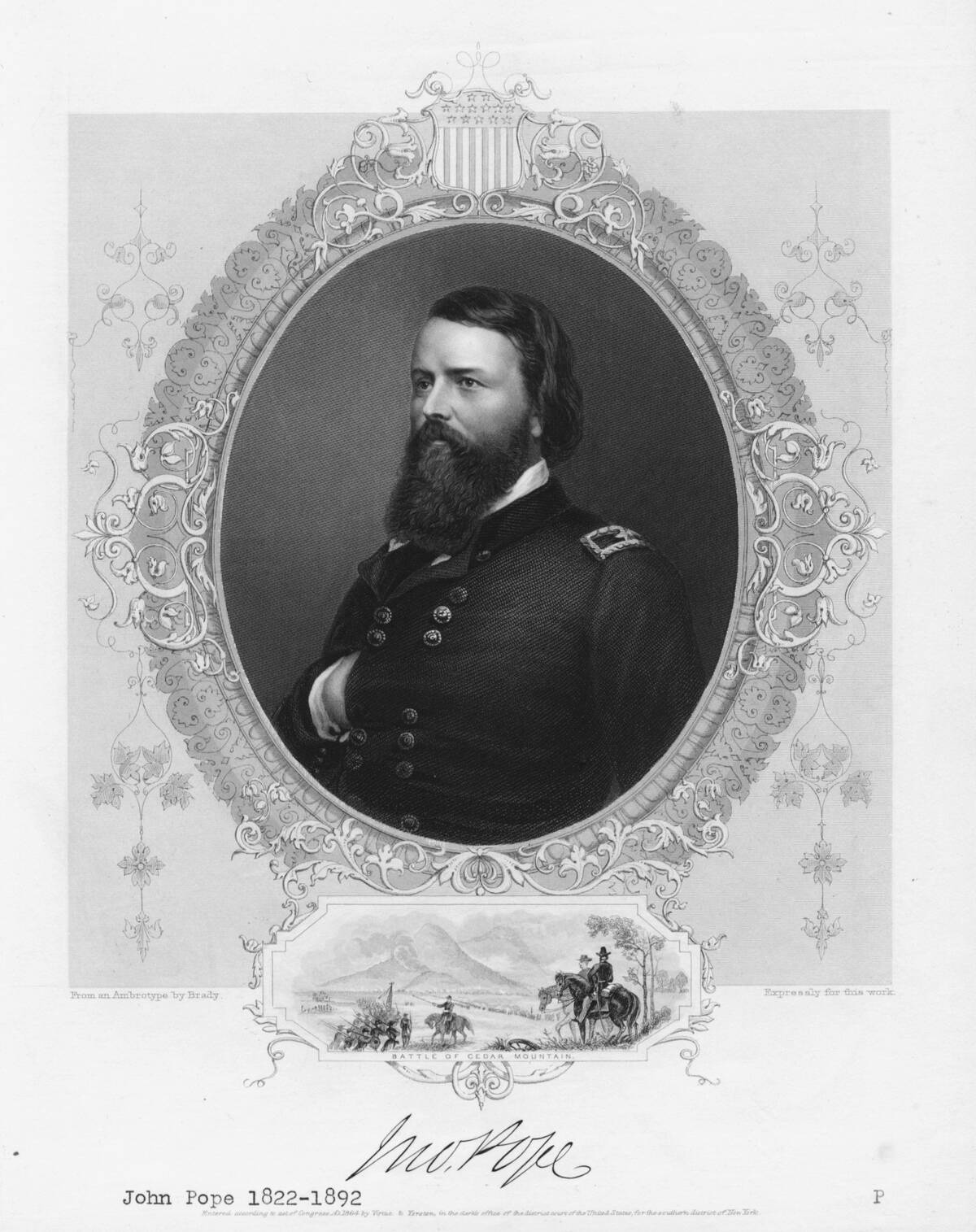
Pope was a frontiersman who served in the Mexican-American War after graduating from West Point. At the start of the Civil War, his organizational skills quickly earned him promotions.
Pope’s leadership faltered during the Second Battle of Bull Run, which resulted in a decisive Confederate victory. After this loss, he was reassigned to command the Department of the Northwest, where he oversaw campaigns against Native American tribes.
Richard S. Ewell (Confederacy)
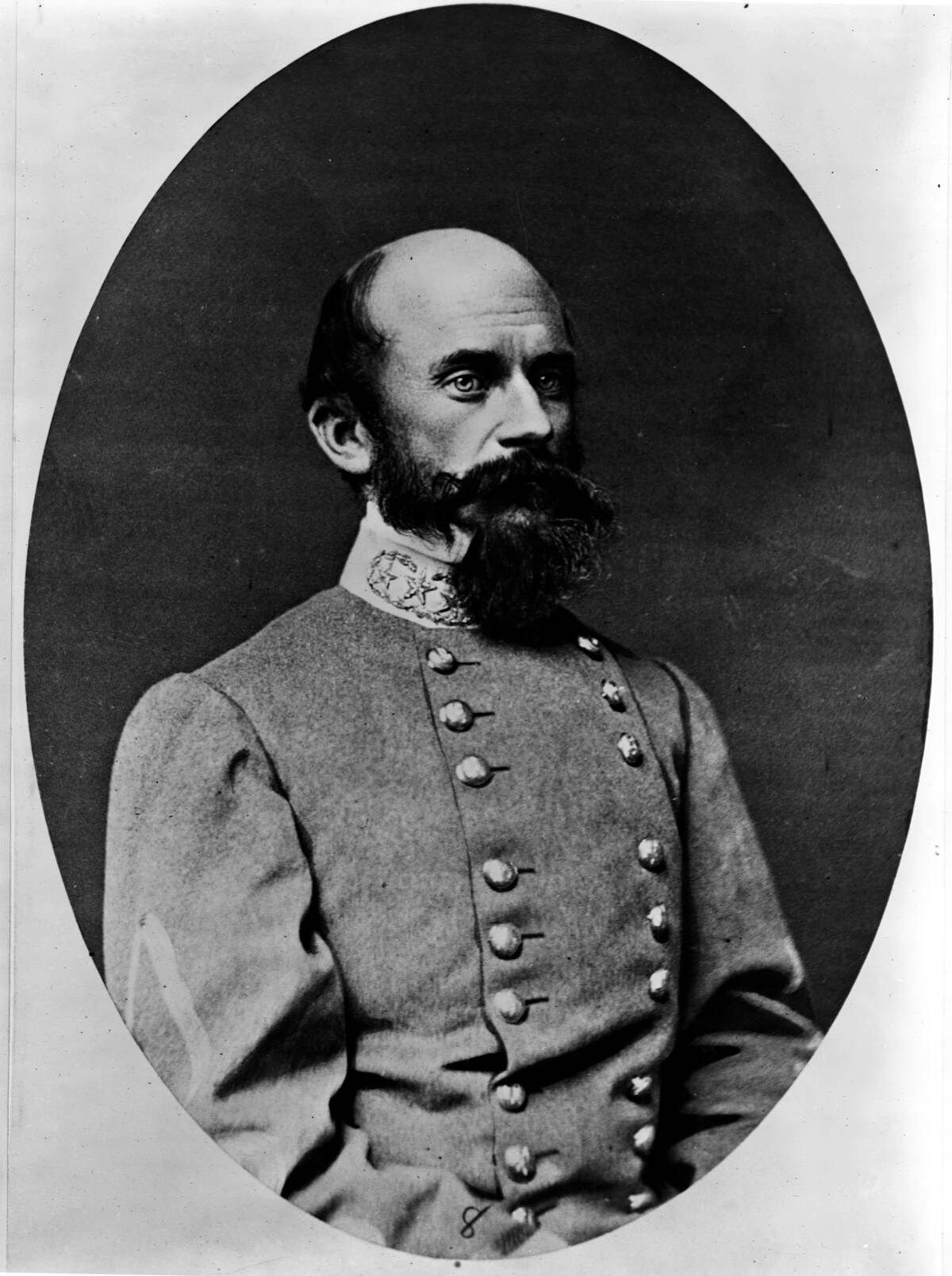
Ewell became a division commander under Stonewall Jackson and fought at Second Bull Run and Antietam. After Jackson’s death, Ewell was promoted to corps command.
While Ewell initially performed well in the early stages of the Gettysburg Campaign, he failed to seize on his momentum and continue to take the battle to the Union — a move that’s seen as a turning point in the Confederate defeat.
Benjamin Butler (Union)
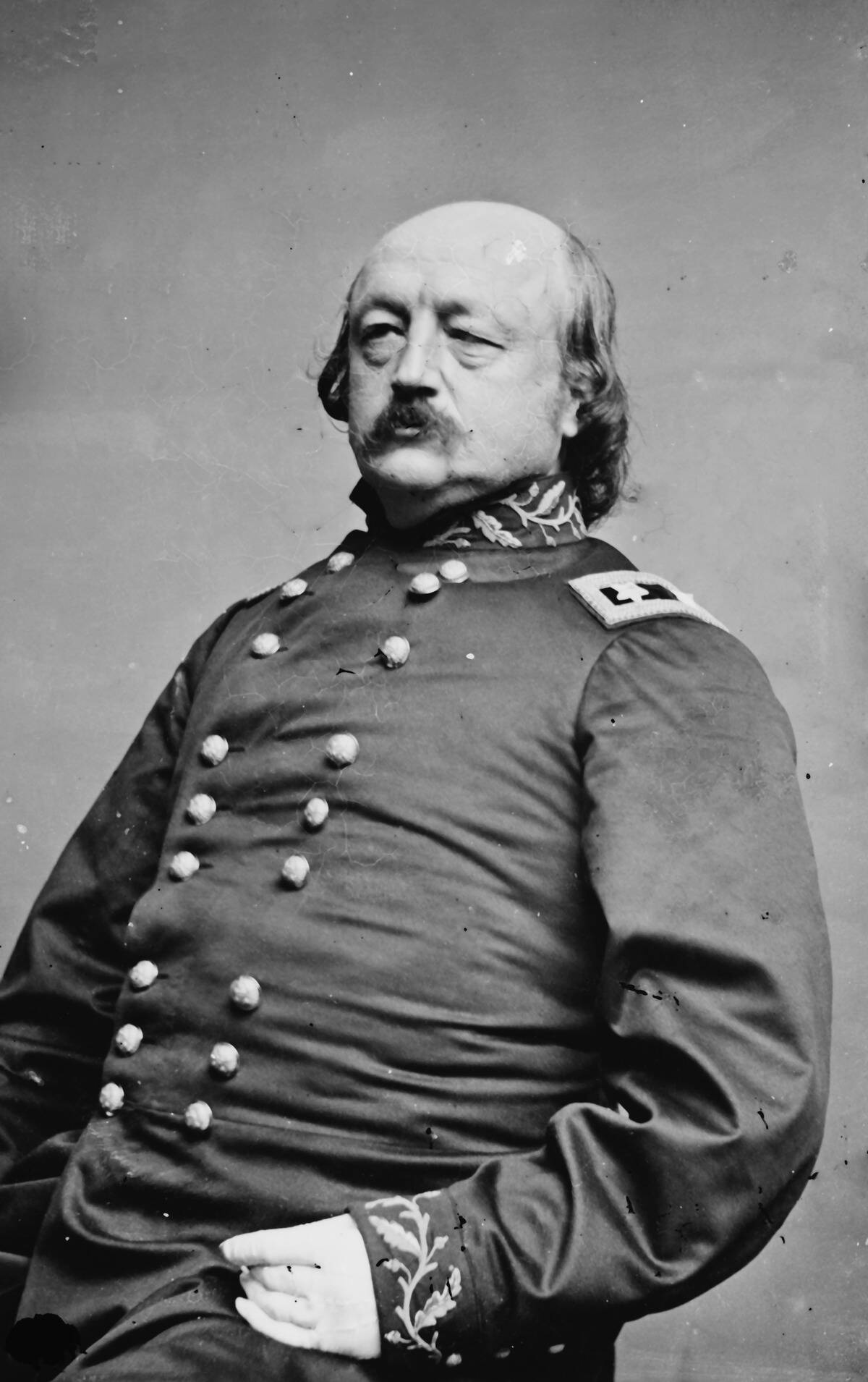
Butler was a lawyer and politician by trade who was appointed to brigadier general in 1861, the start of a controversial tenure.
He served as military governer of New Orleans, where his policies earned him the nickname “Beast Butler.” He implemented numerous rules that were deeply unpopular. After he was dismissed from this position, he served in various military and political roles but was frequently criticized for his incompetence.
John Bell Hood (Confederacy)
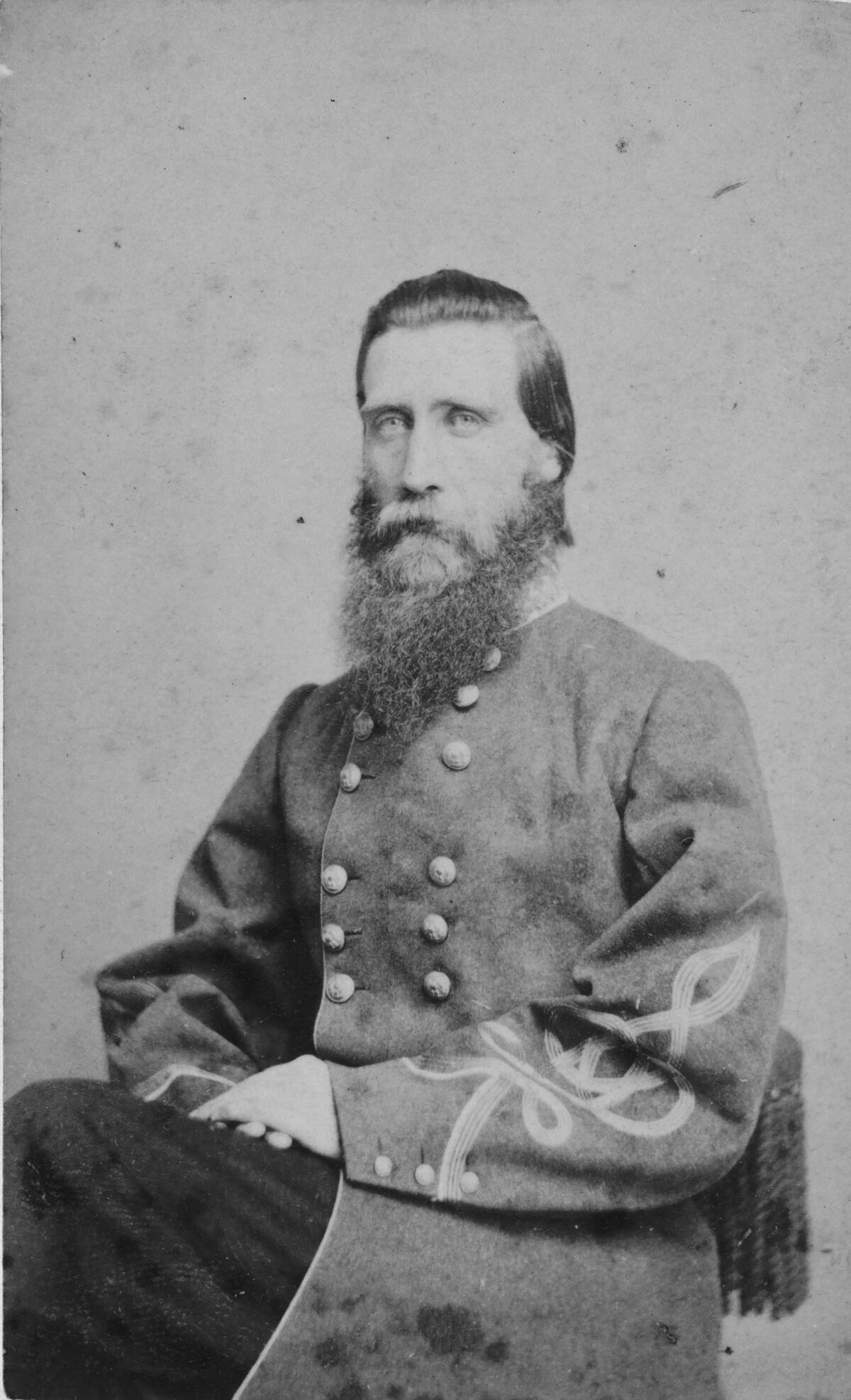
The brave, aggressive John Bell Hood served in the U.S. Army on the Texas frontier before the Civil War. During the Civil War, he suffered serious wounds at Gettysburg and Chickamauga, necessitating the use of a prosthetic.
Hood’s style did not serve him well, as his offensives during the Atlanta Campaign and Franklin-Nashville Campaign left his forces in ruin.
Don Carlos Buell (Union)
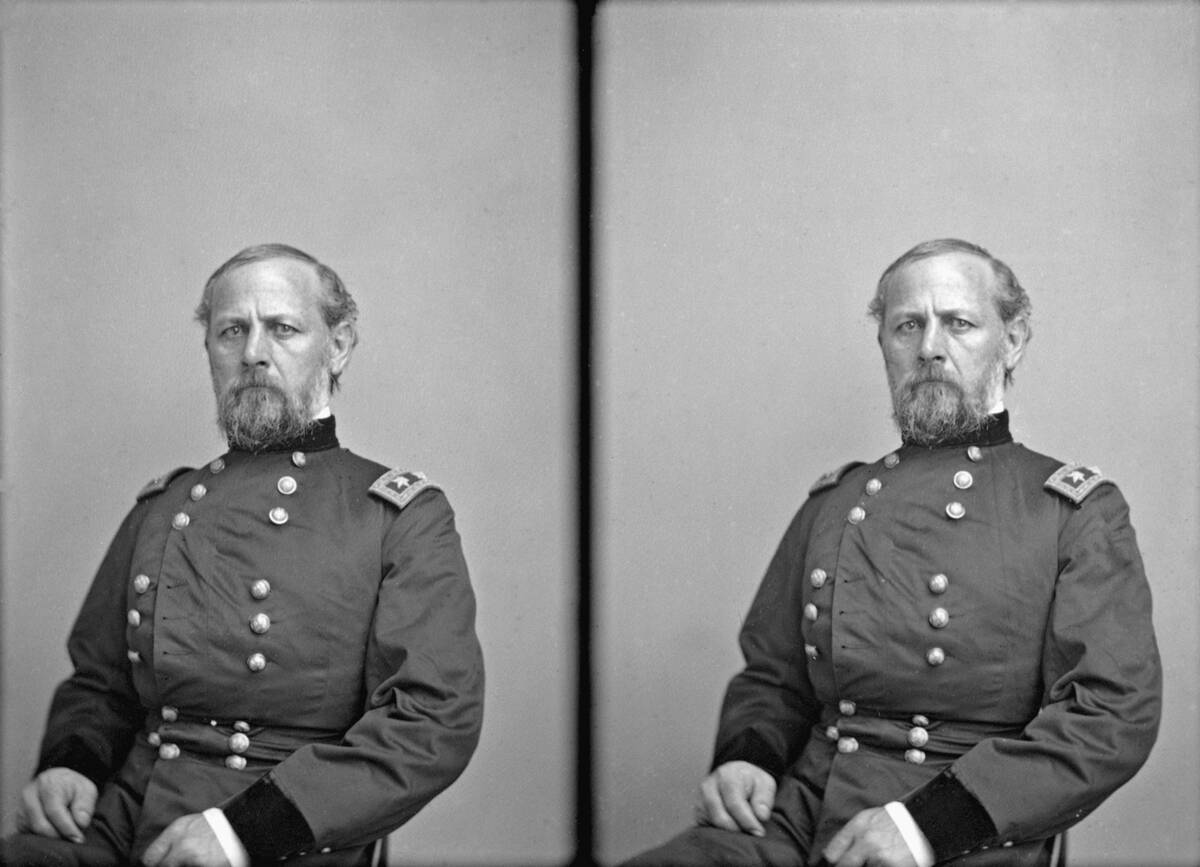
A strong tactician who served in the Mexican-American War, Buell was given command of the Union Army in the Western Theater, where he led forces to victory at the Battle of Shiloh.
Like other Union generals, Buell’s strategic prowess was instrumental in winning a key battle, but his cautious nature made him a magnet for criticism after he allowed fleeing Confederate forces to escape.
Jubal Early (Confederacy)
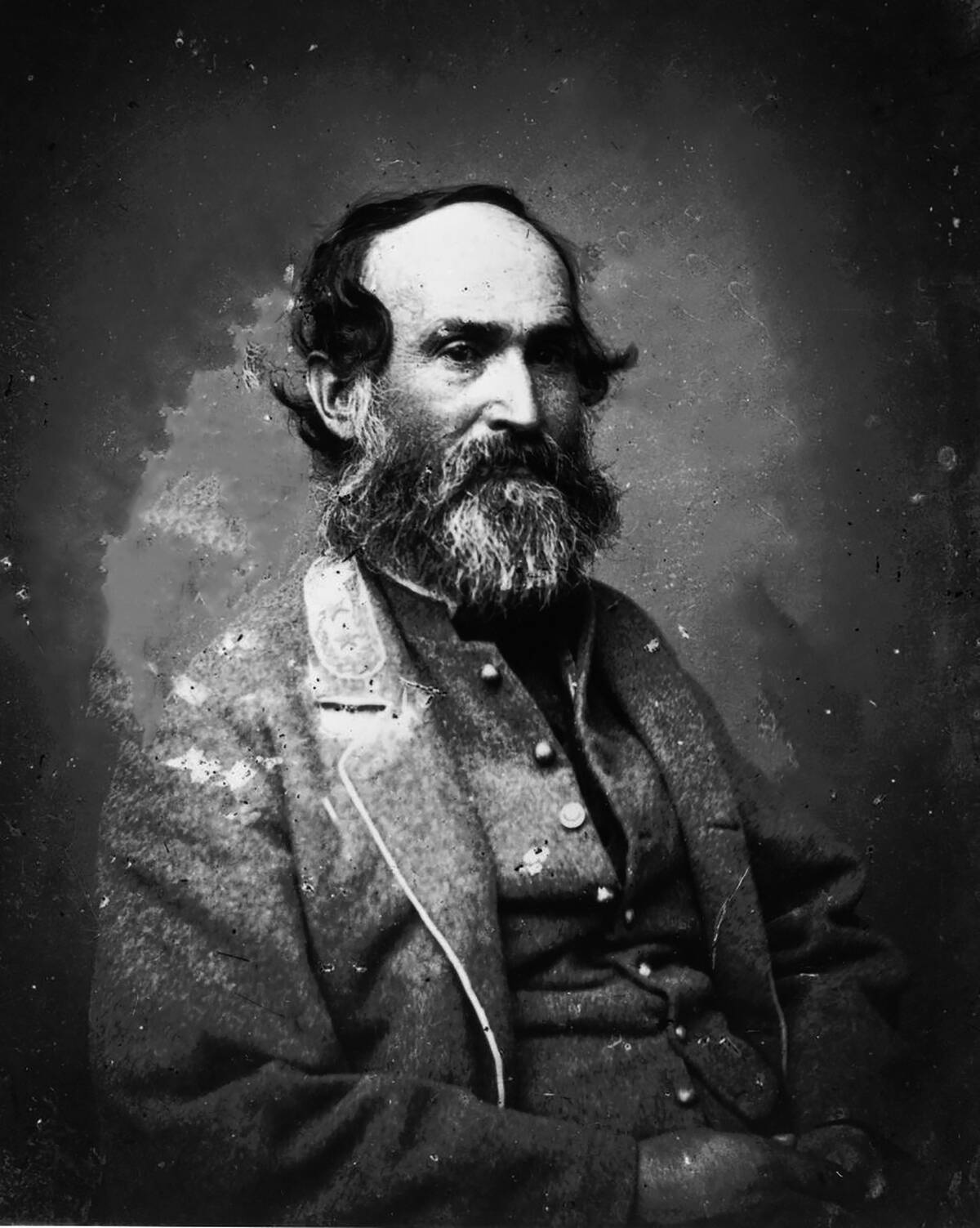
Early was a practicing lawyer and a staunch Unionist before secession, later joining the Confederate cause under Robert E. Lee.
Known for his combativeness, Early led a daring raid through the Shenandoah Valley, into Maryland, and close to Washington, before he was turned back. His eventual defeat at the hands of Philip Sheridan effectively ended the Confederate presence in the region.
Lew Wallace (Union)
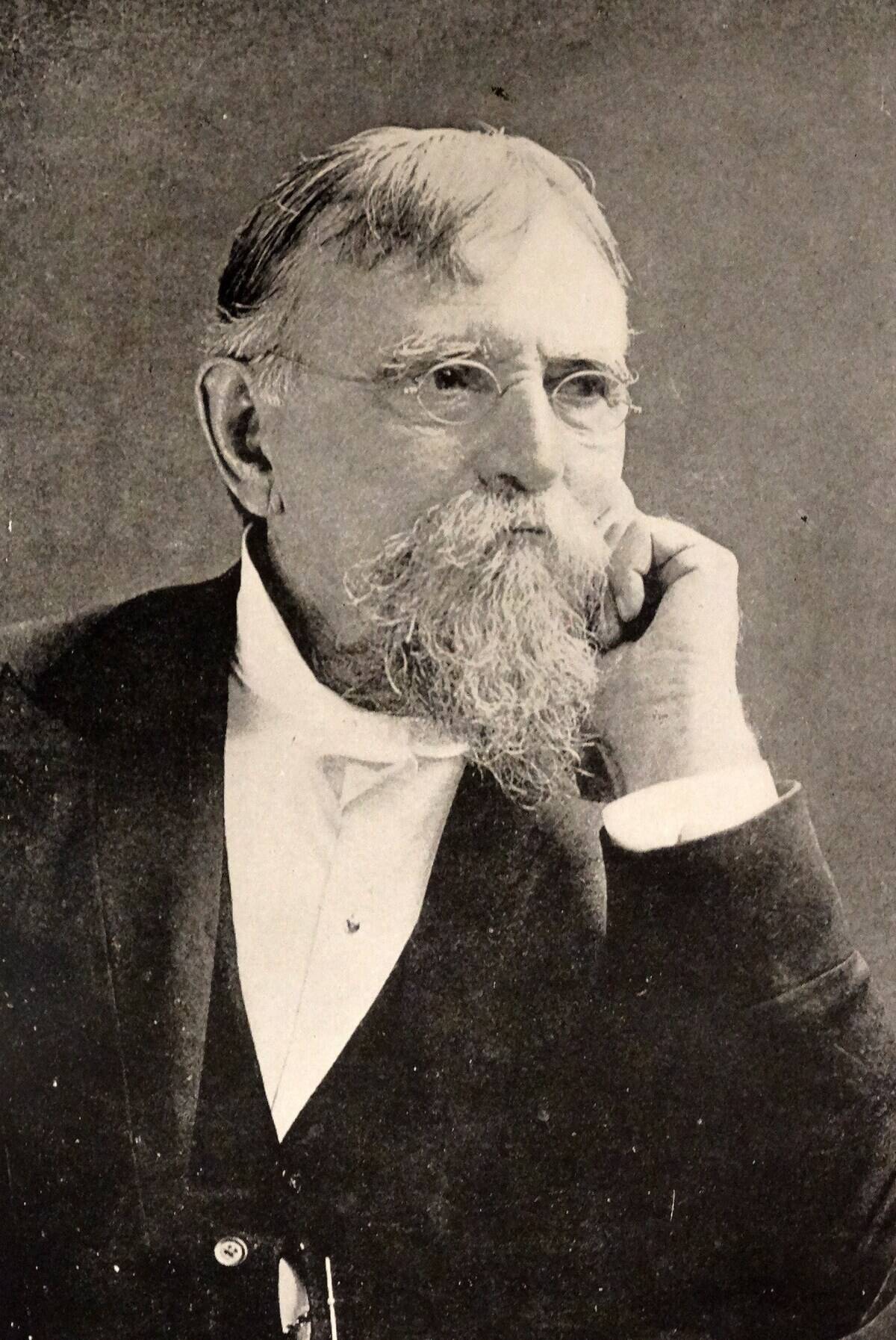
Lew Wallace served in several campaigns in the Western Theater, eventually rising to the rank of major general. During the Battle of Monocacy in 1864, he played a key role in defending Washington from Confederate forces.
After the war, he became a governor, diplomat, and author. Today, he’s best remembered for writing Ben-Hur: A Tale of the Christ.
Kirby Smith (Confederacy)
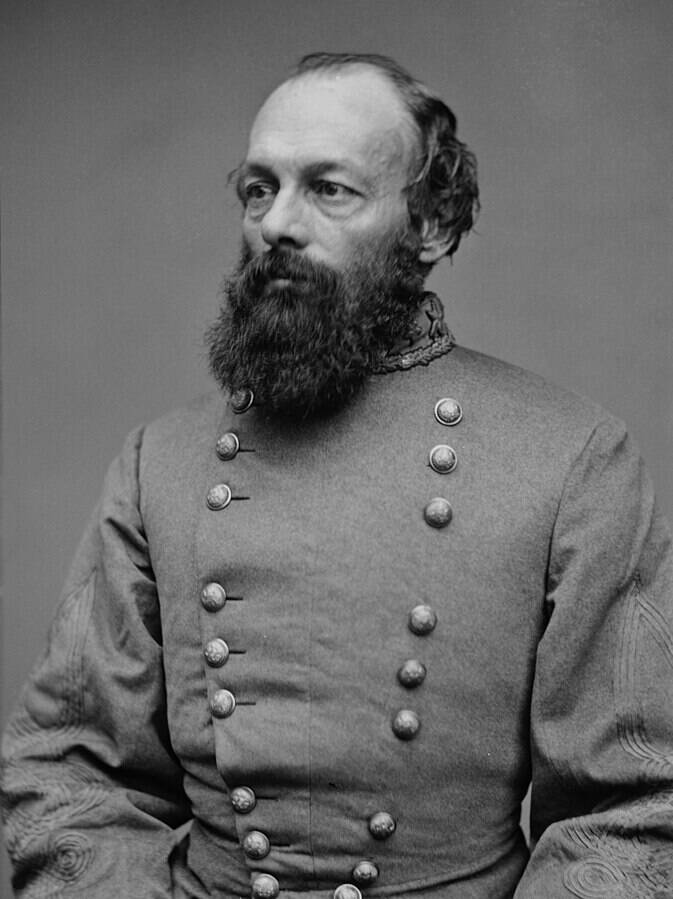
Smith was noted for his fighting in the Mexican-American War and at First Bull Run during the Civil War, eventually earning a promotion to command the Trans-Mississippi Department.
After his region was cut off from the rest of the Confederacy after the fall of Vicksburg, Smith was unable to provide significant strategic force. His command was the last major Confederate force to surrender.
George H. Thomas (Union)
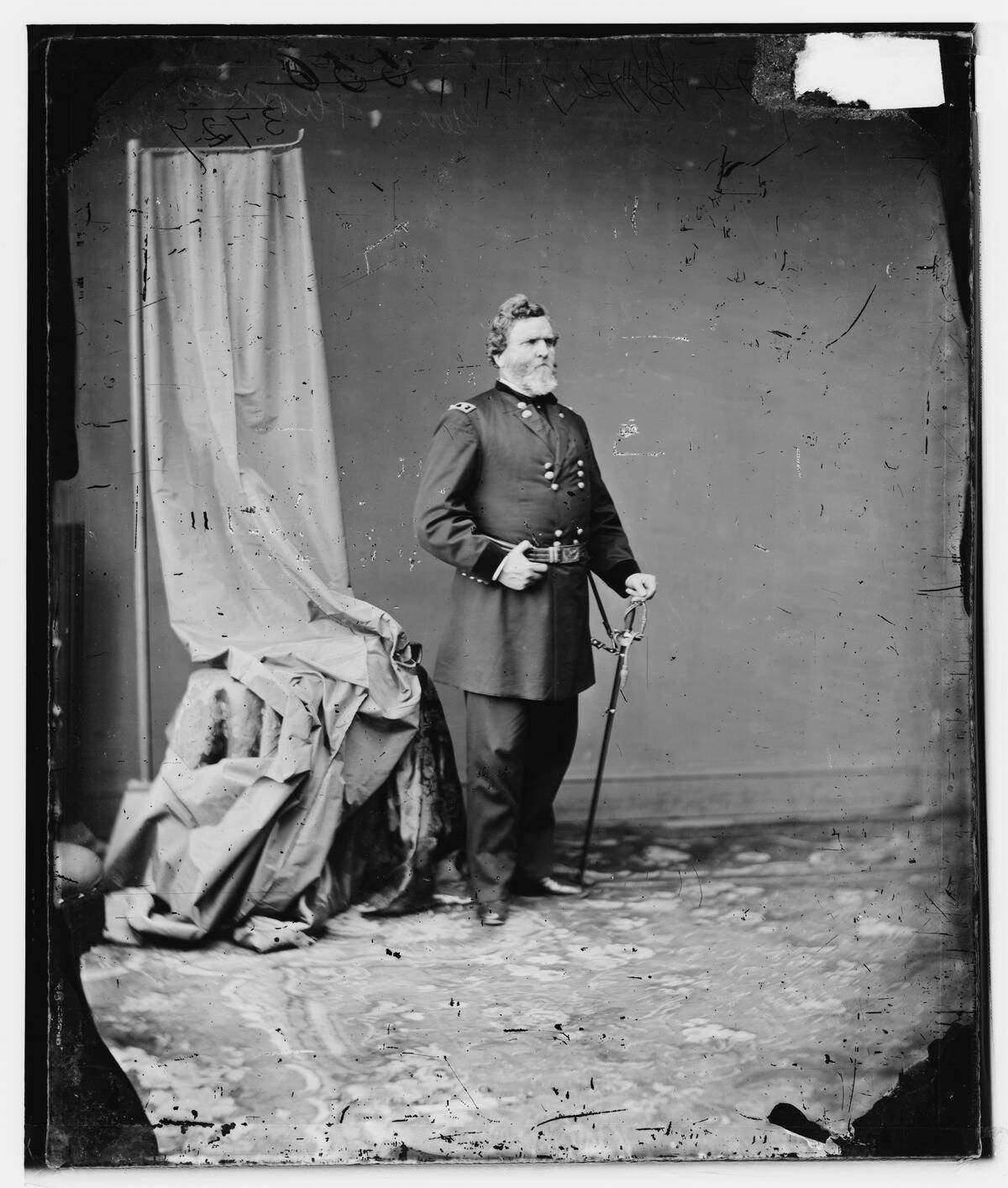
One of the most respected Union generals of the Civil War, George Henry Thomas was born in the South but chose to fight for the Union.
His calm, resilient demeanor and steadfast tactics played a major role in key Union victories at Perryville, Stones River, and Chattanooga. After the war, he stayed in the U.S. Army as a commander.
Leonidas Polk (Confederacy)
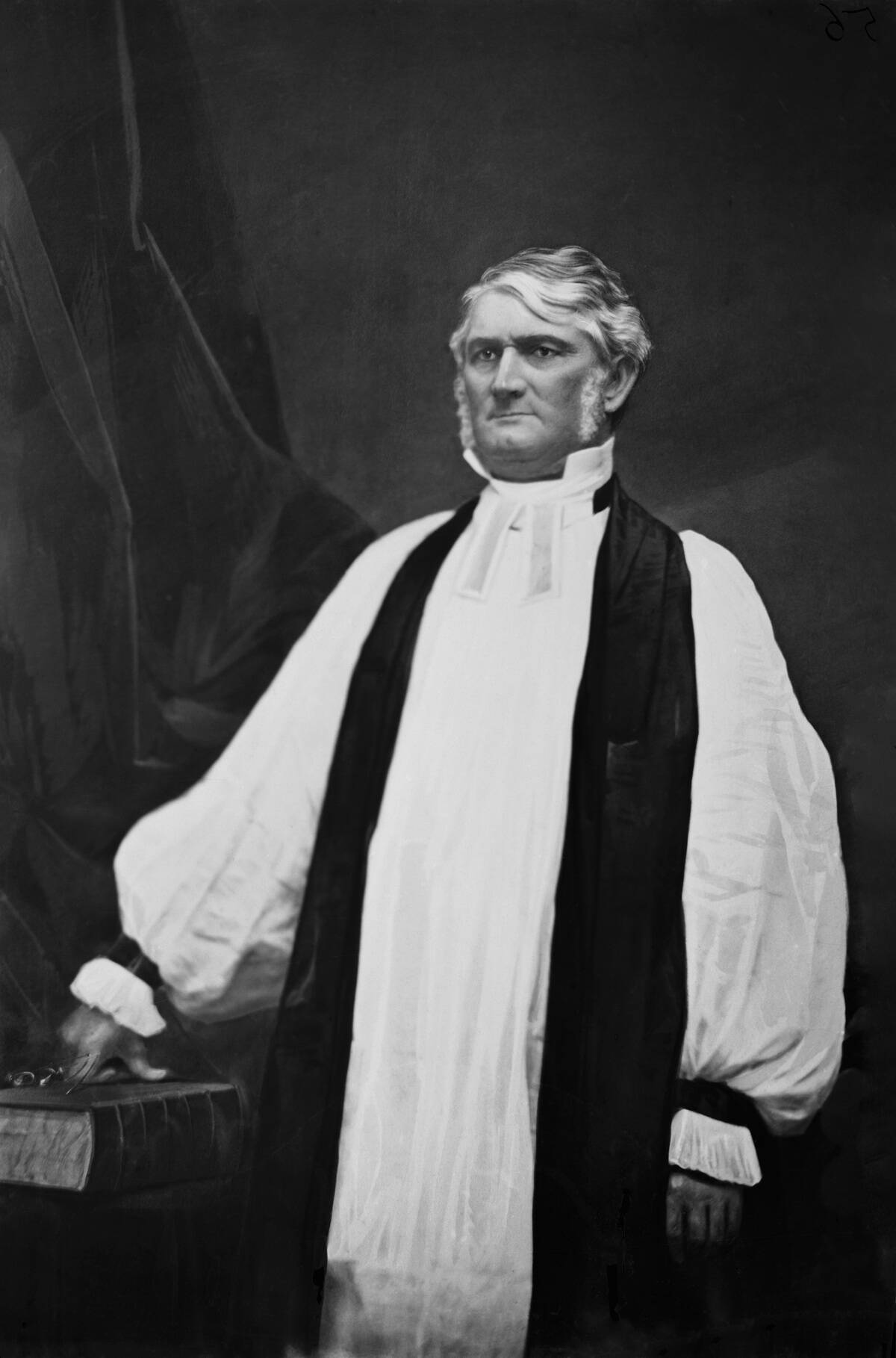
Known at the “Fighting Bishop,” Leonidas Polk was a West Point graduate who left the army to become an Episcopal bishop.
Despite his lack of battlefield experience, Polk was commissioned a general and led troops in the Western Theater. His performance is regarded by most historians as uneven, with poor coordination with fellow commanders. He was killed by artillery fire in 1864.
John A. Logan (Union)

Logan was not a military man by trade, as he served as a lawyer and politician before the Civil War. After the outbreak of hostilities, he enlisted with the Union and was appointed a brigadier general.
His shining moment came during the Atlanta Campaign, where he assumed command of the Army of the Tennessee after the death of General McPherson. After the war, he continued his political career.
John C. Breckenridge (Confederacy)
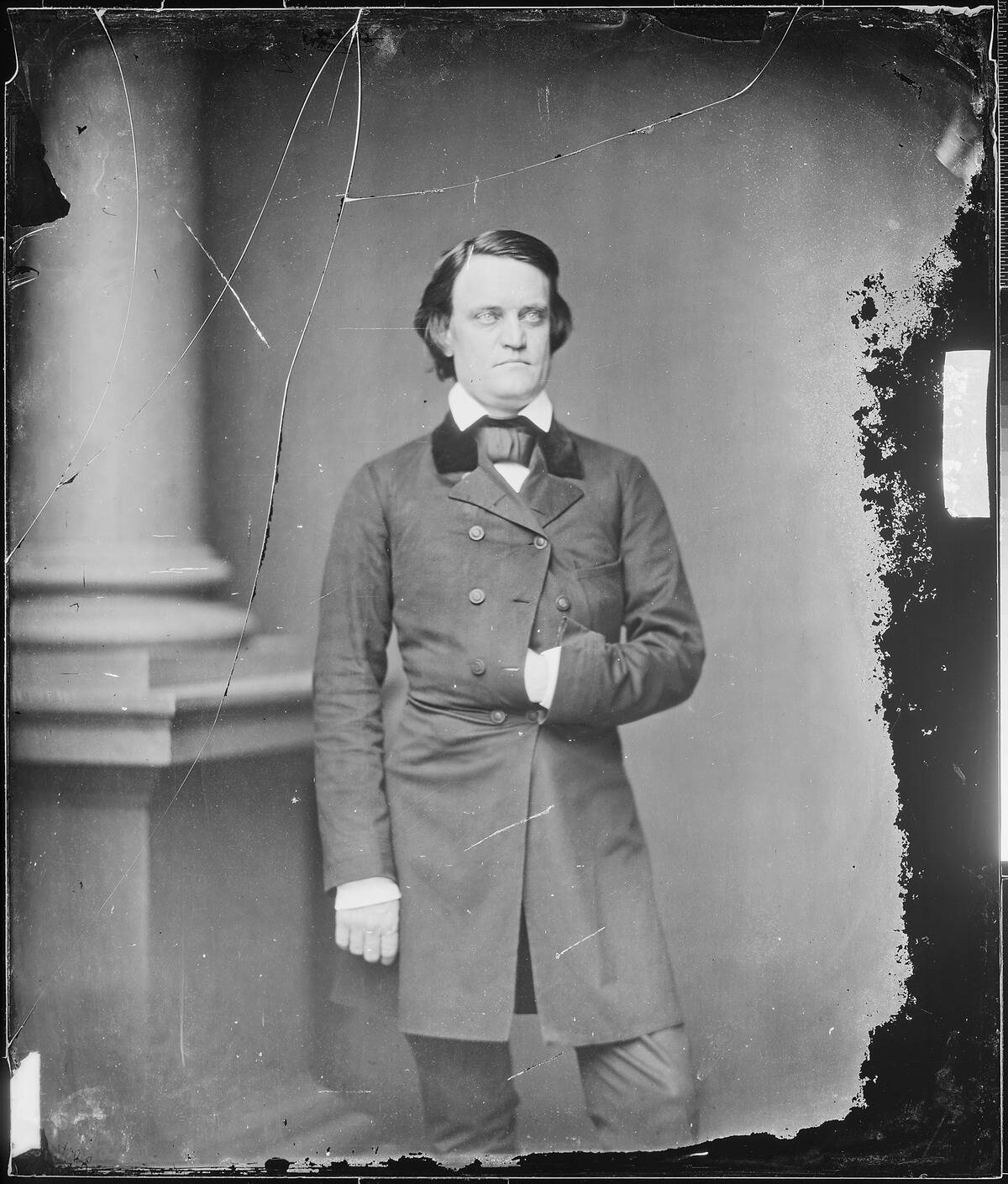
Breckenridge was a prominent national politician, rising to the office of U.S. Vice President under James Buchanan, prior to the Civil War.
After his native Kentucky stayed with the Union, Breckenridge moved to the Confederacy and was commissioned as a brigadier general. He served at numerous battles during the war and oversaw the final chaotic months of the Confederacy as Confederate Secretary of War.
Nathaniel P. Banks (Union)

Nathaniel Prentiss Banks was a U.S. congressman before the Civil War. As a staunch abolitionist, he wholeheartedly supported the Union and was appointed a major general despite his lack of military experience.
Banks led numerous campaigns, but his inexperience became an issue as he was criticized for poor coordination and a failure to achieve key results. After the war, he returned to politics.
Robert E. Lee (Confederacy)

Robert E. Lee emerged as a promising graduate from West Point and went on to serve during the Mexican-American War.
Following the conflict, Lee returned to his native Virginia and joined the Confederacy, spurning an offer to command Union forces. Lee became the South’s most revered military figure for his campaigns at Second Bull Run, Fredericksburg, and Chancellorsville. He eventually surrendered at Appomattox in 1865, marking the effective end of the Civil War.
Ulysses S. Grant (Union)
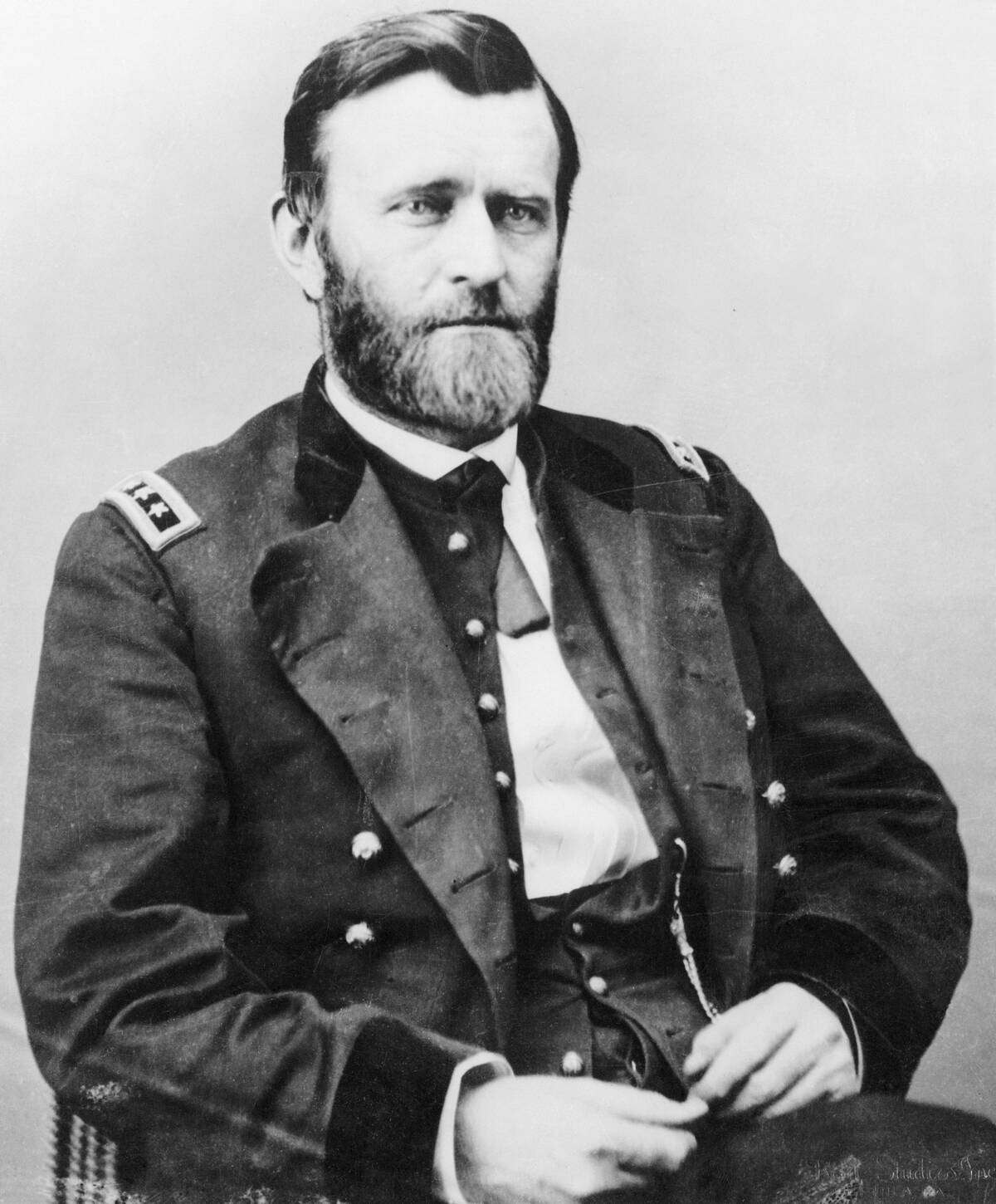
Ulysses S. Grant had an uneven start to his military career, leaving the army after the Mexican-American War and rejoining at the outbreak of the Civil War.
His exploits quickly made him a revered figure in the North and a feared figure in the South, and President Lincoln promoted him to General-in-Chief of all Union armies. Grant oversaw the surrender of Robert E. Lee at Appomattox and later served as U.S. president.




